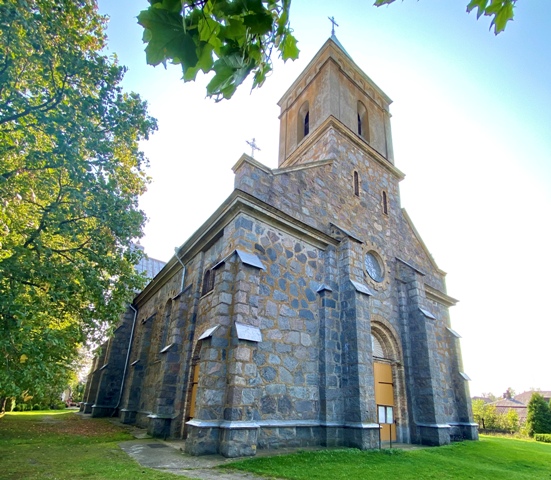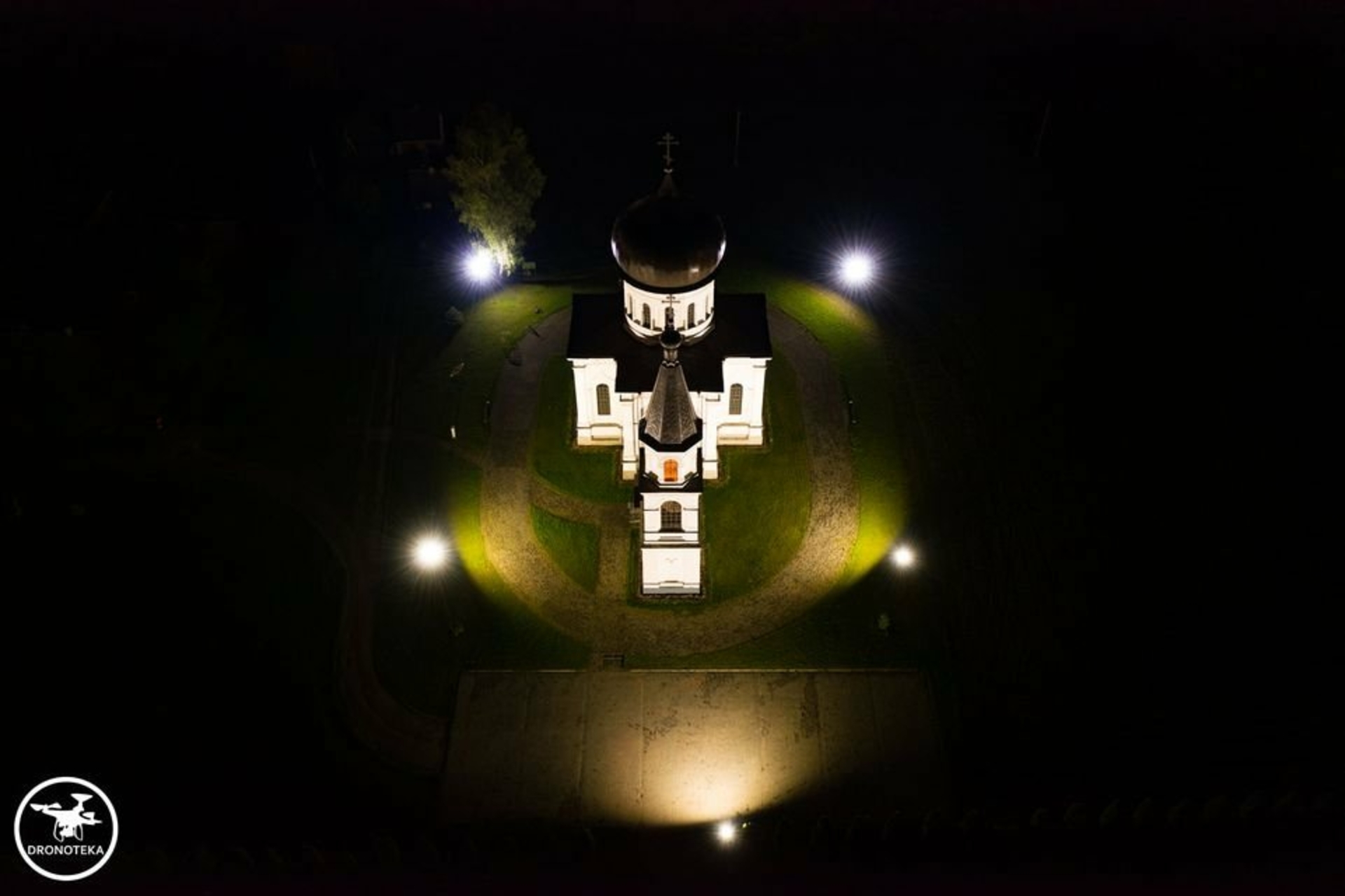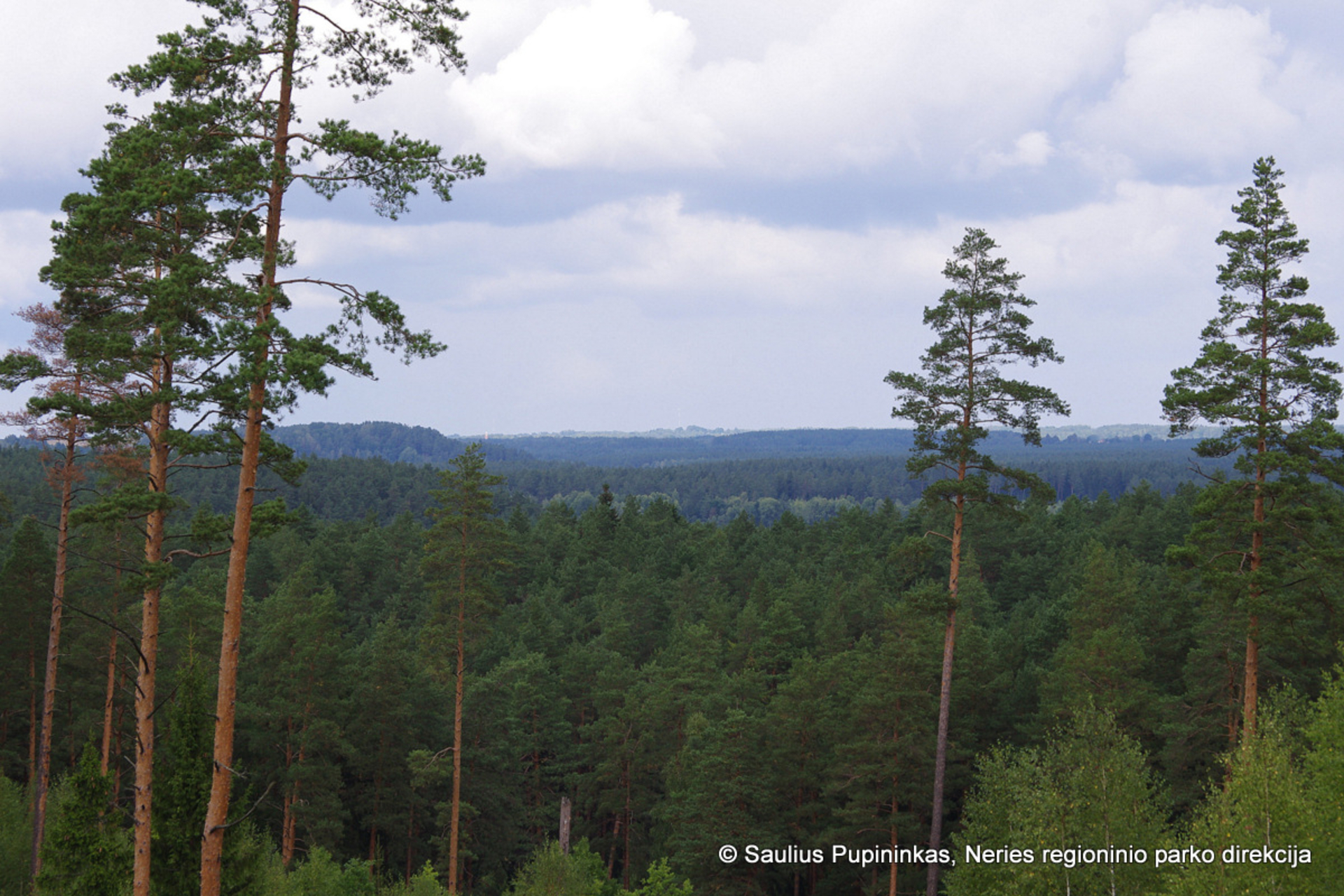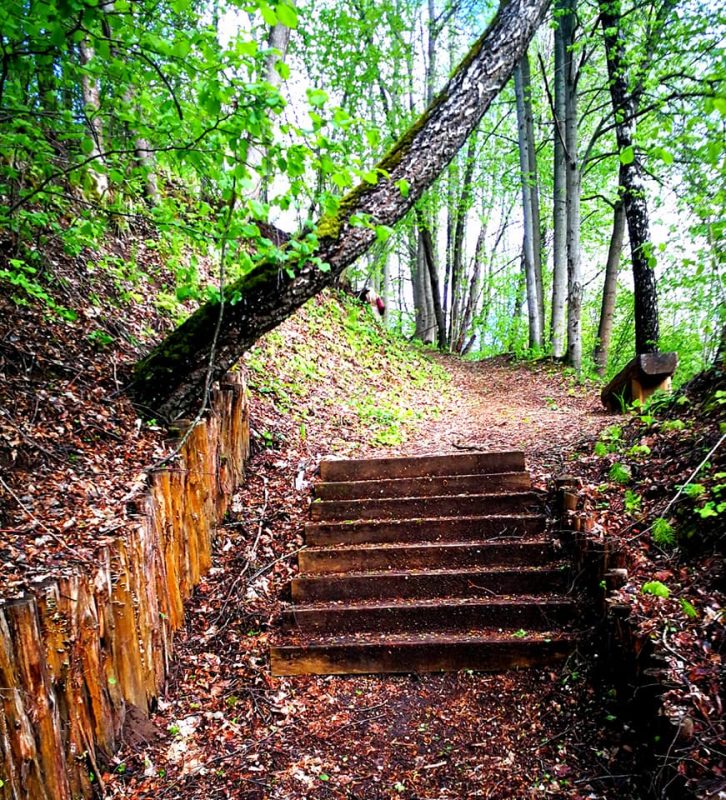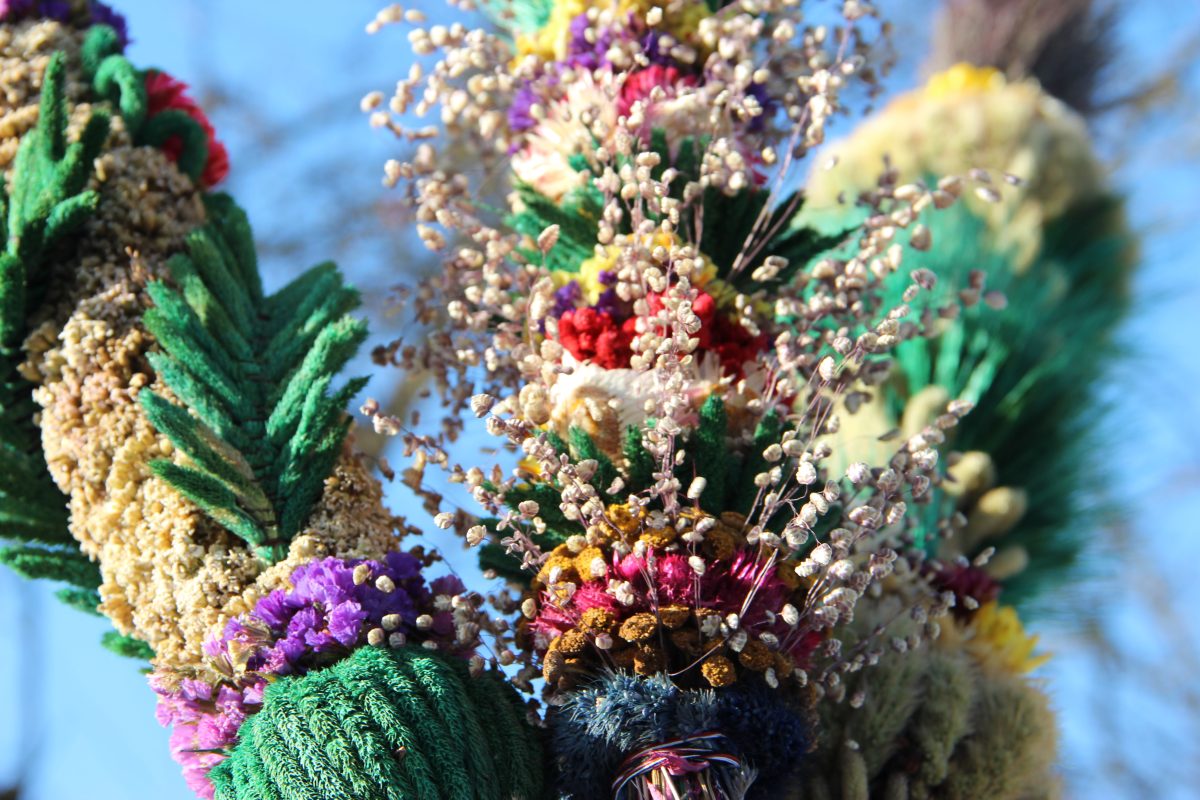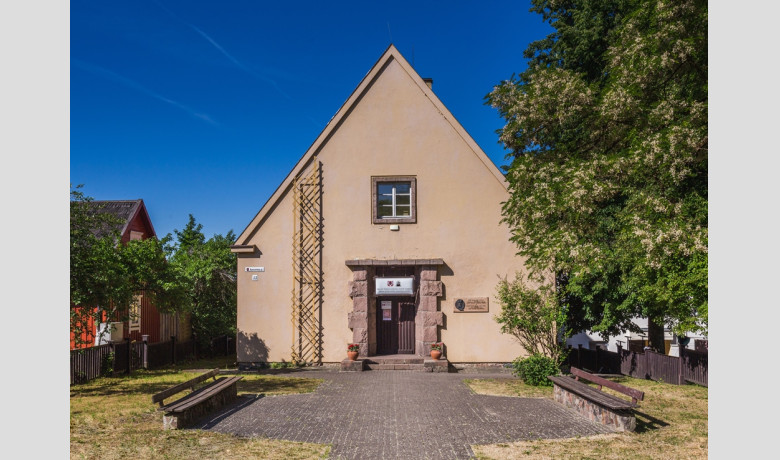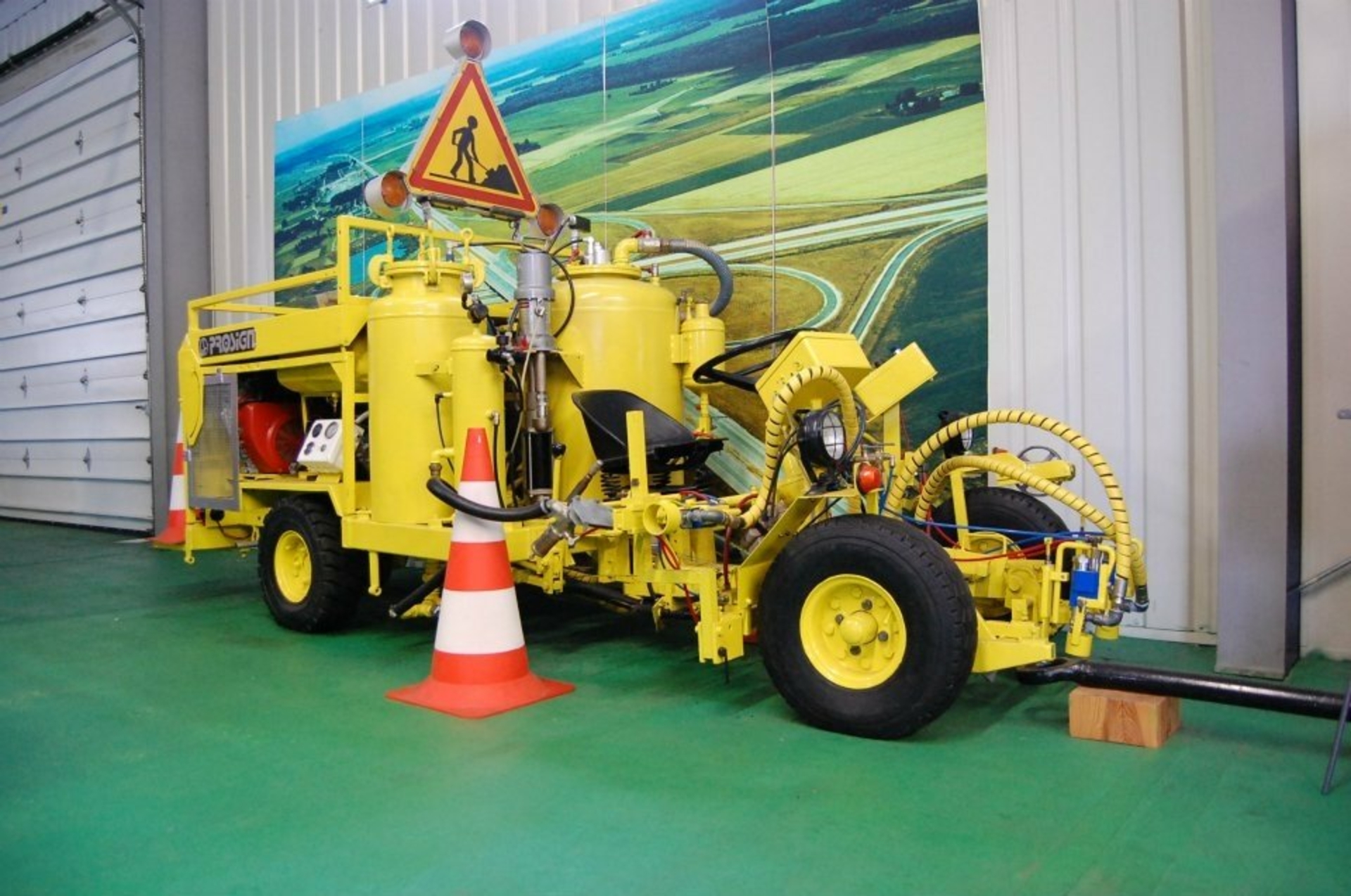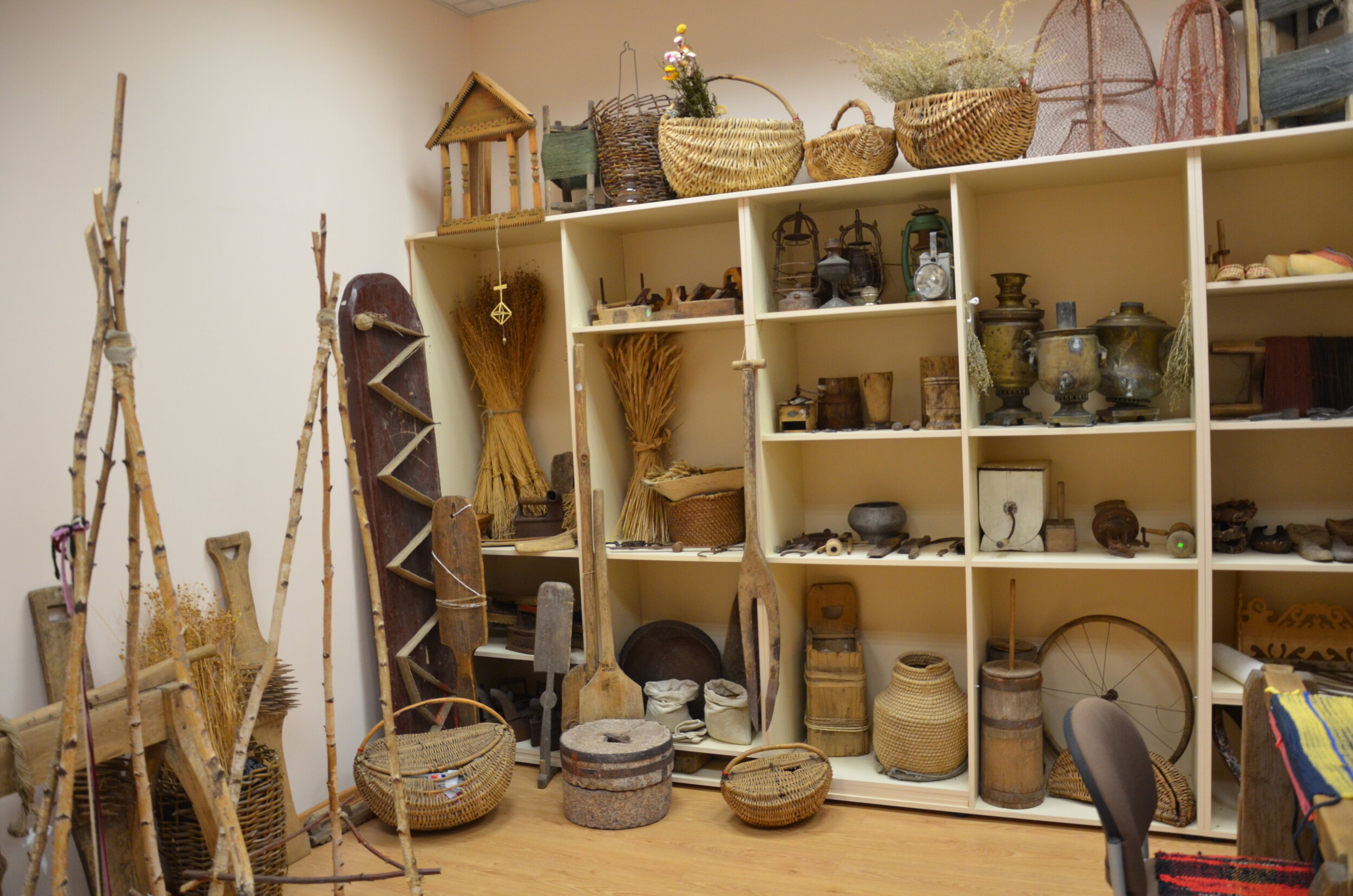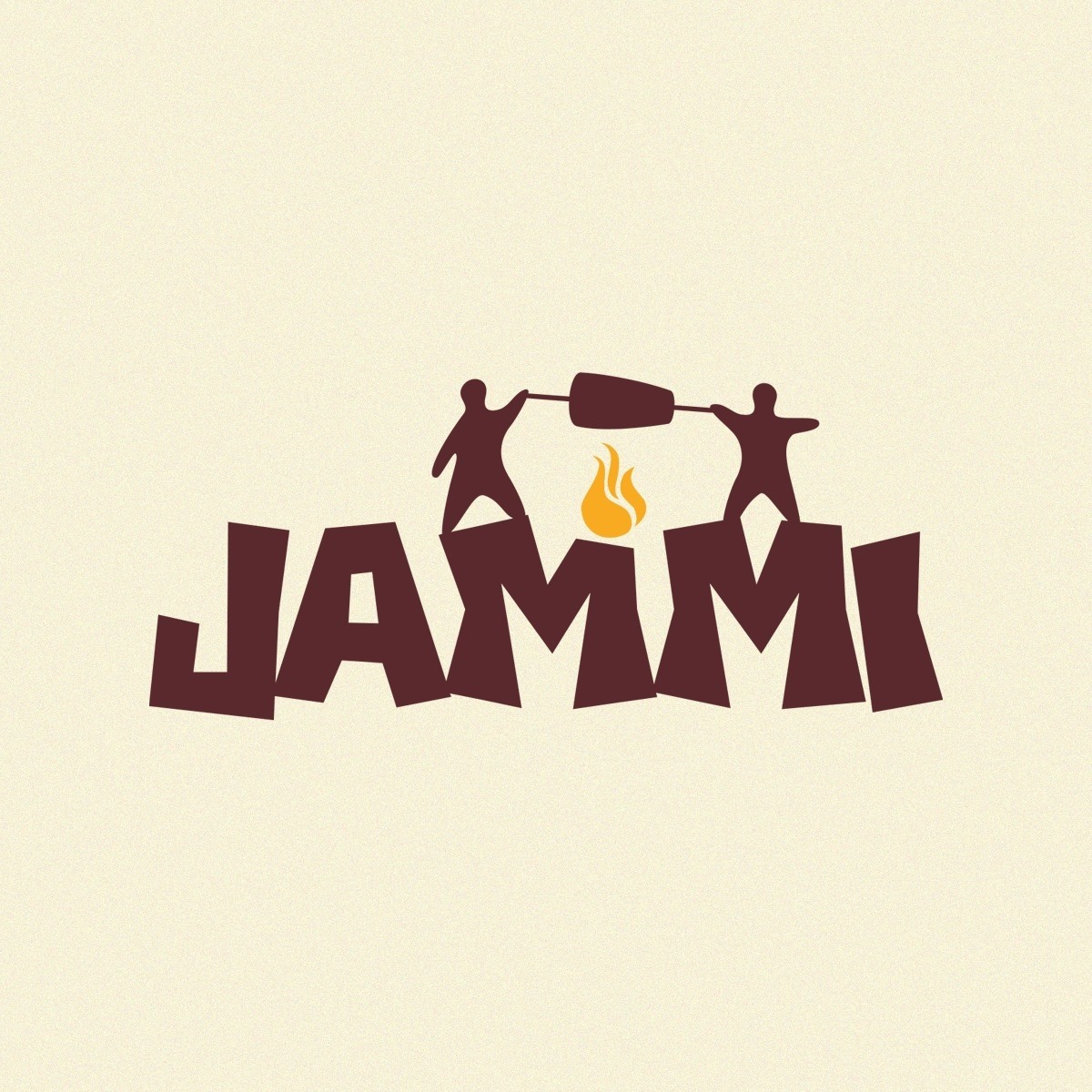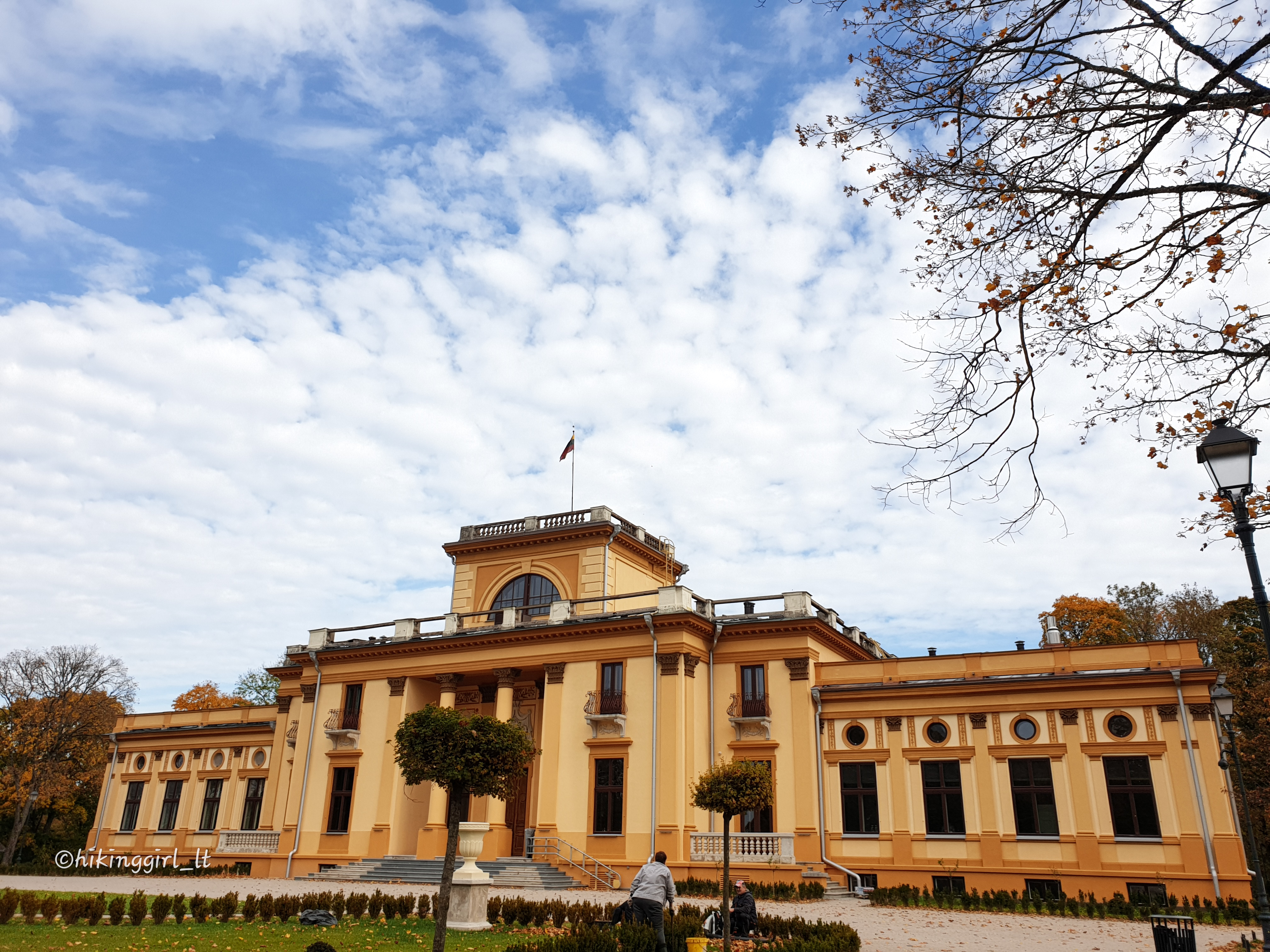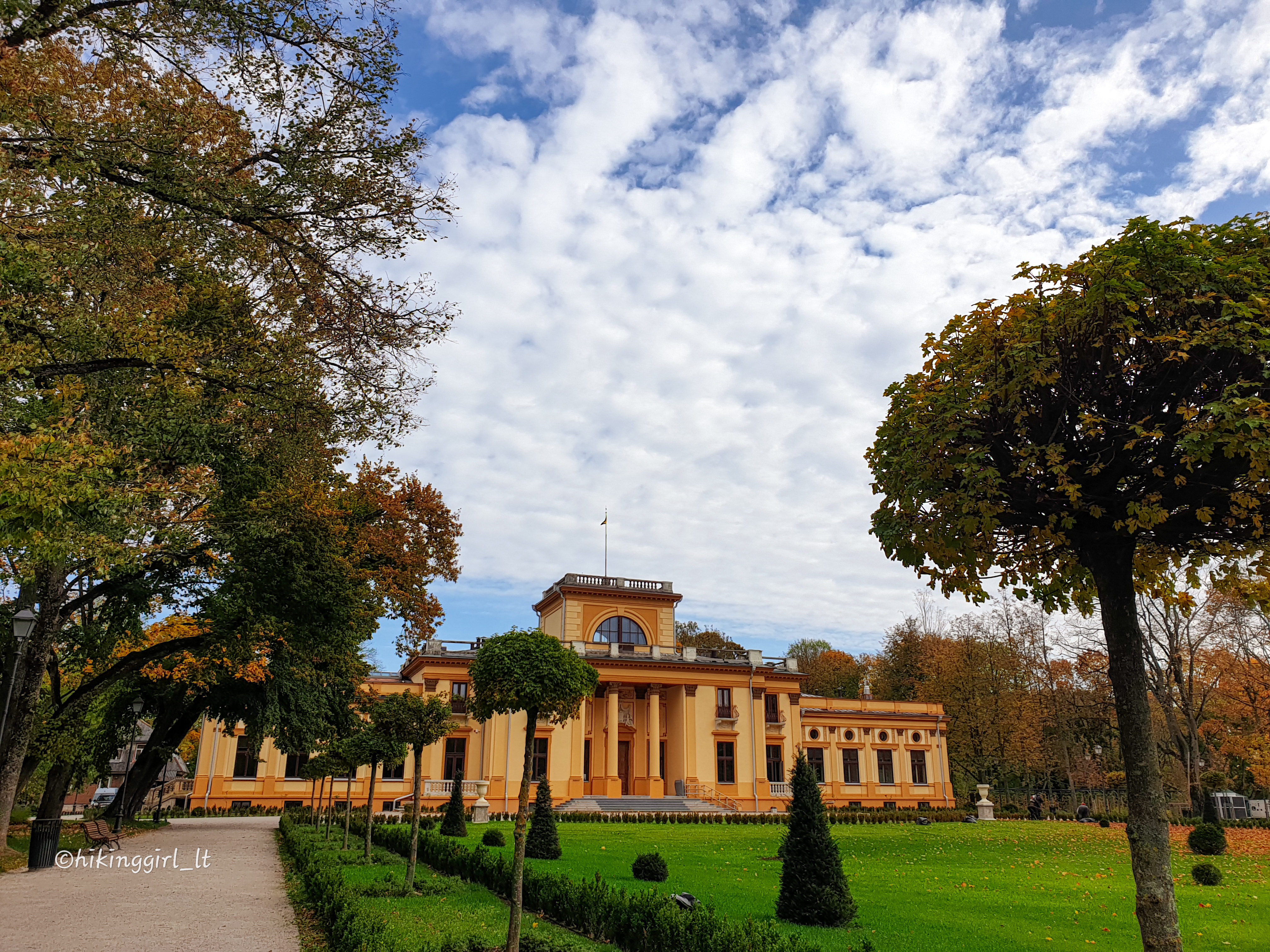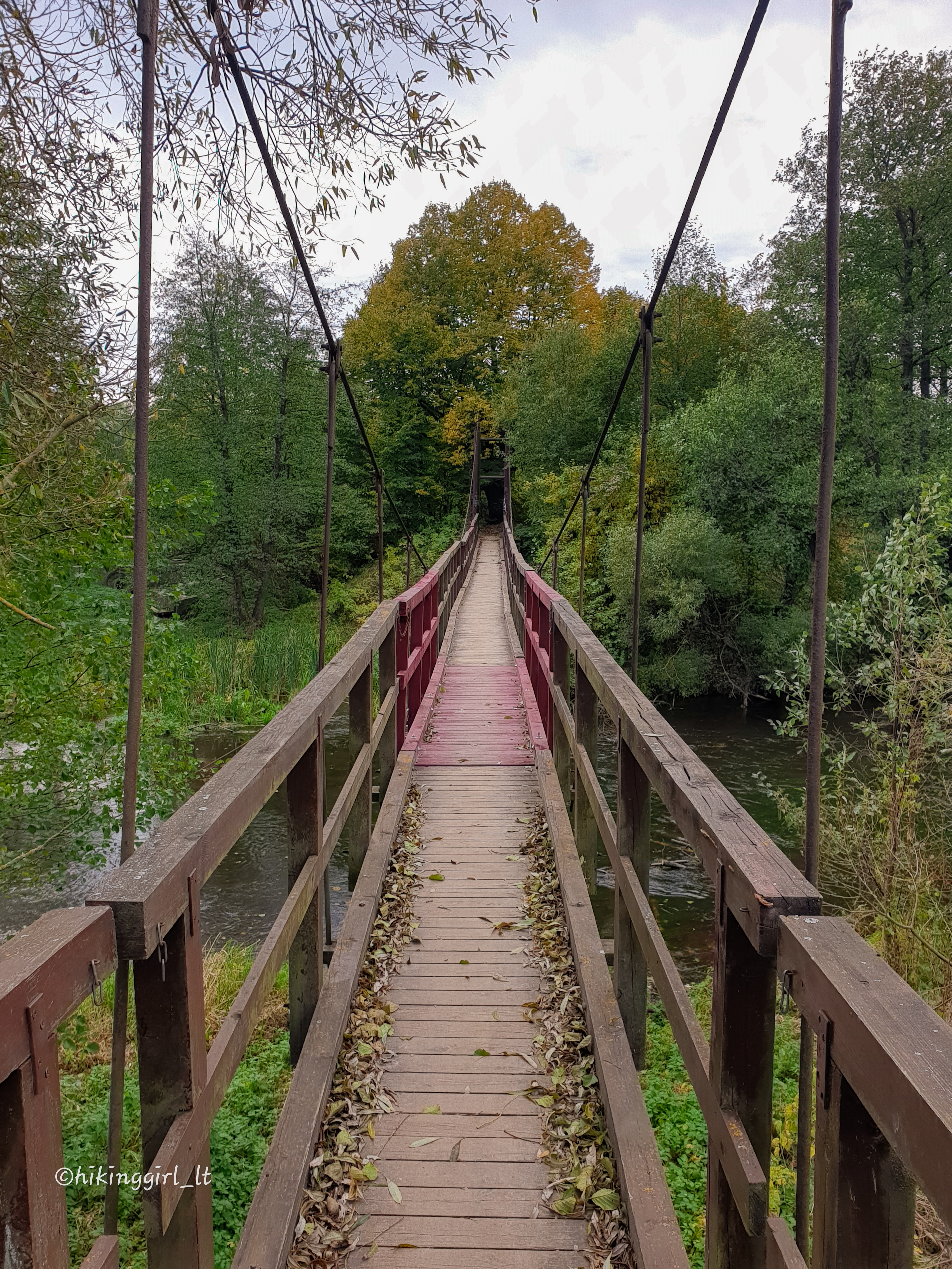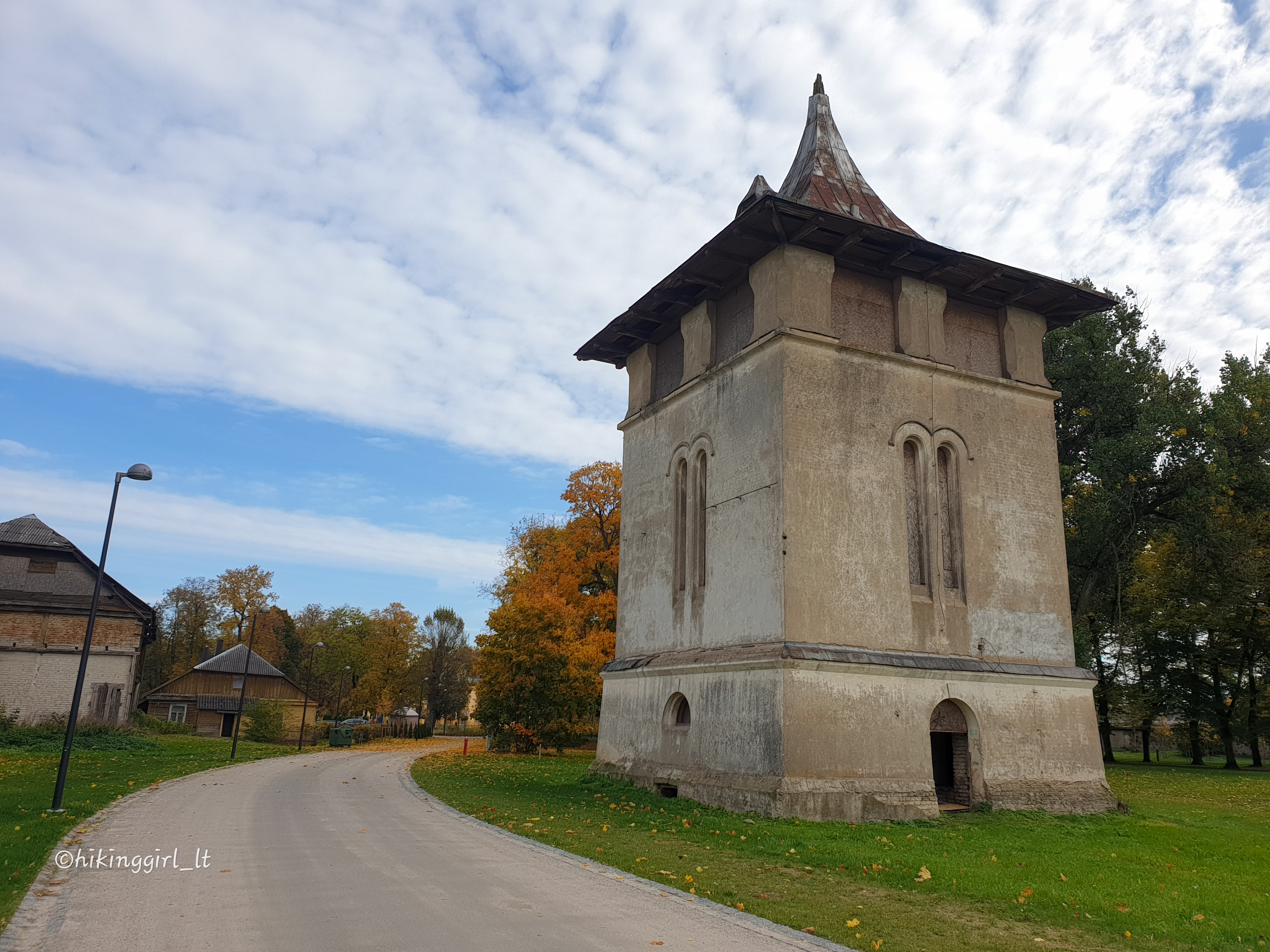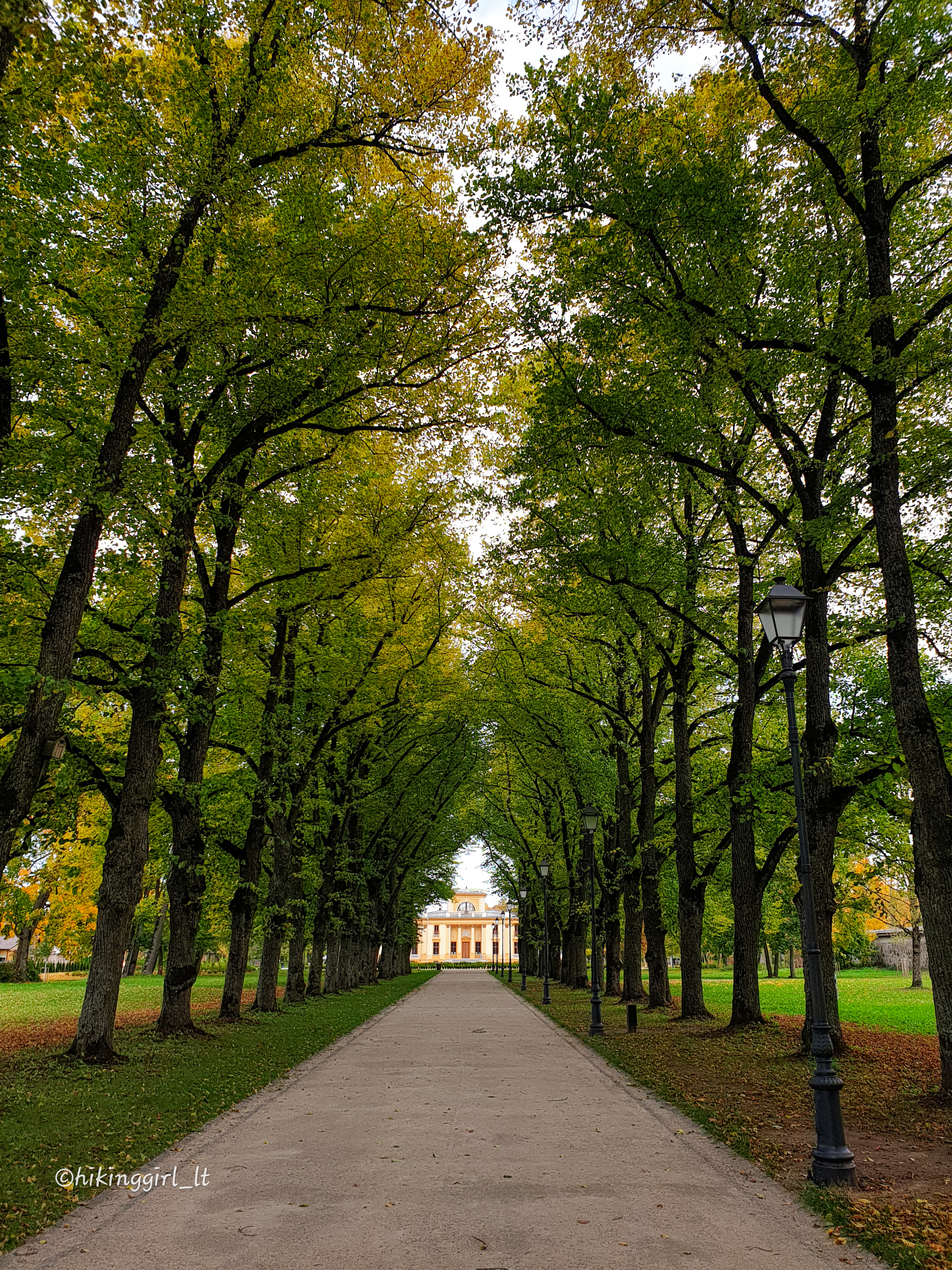Trakai Vokė Manor

434

1

0
Trakai Vokė Manor dates back to the 14th century, when Tatars settled here, but the current palace was built in the mid-19th century by the Tiškevičius family. The architect Leonardas Markonis designed it based on the royal residence in Warsaw, and the luxurious interior was adorned with crystal chandeliers, marble fireplaces, and valuable paintings.
At the end of the 19th century, the famous landscape architect Edouard André redesigned the manor's park. Unfortunately, after World War II, the manor was abandoned – its interior was looted, and the buildings were used for various purposes.
In 2002, the manor was transferred to the Lithuanian Royal Nobility Union, and since 2014, it has been owned by the Vilnius Municipality. Today, the restored manor invites visitors for tours, concerts, and cultural events. Famous films such as Anna Karenina and War and Peace were filmed here.
Info
-

Manors

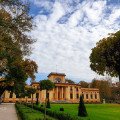

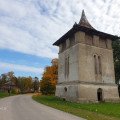
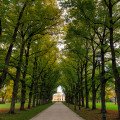
Whats new?
Nearby attractions
Nearest museums
Nearest entertainment
Nearest food establishments translate this into LT

 Entertainment
Entertainment
 Food establishments
Food establishments





























 54.630464, 25.108719
54.630464, 25.108719
 Get directions
Get directions









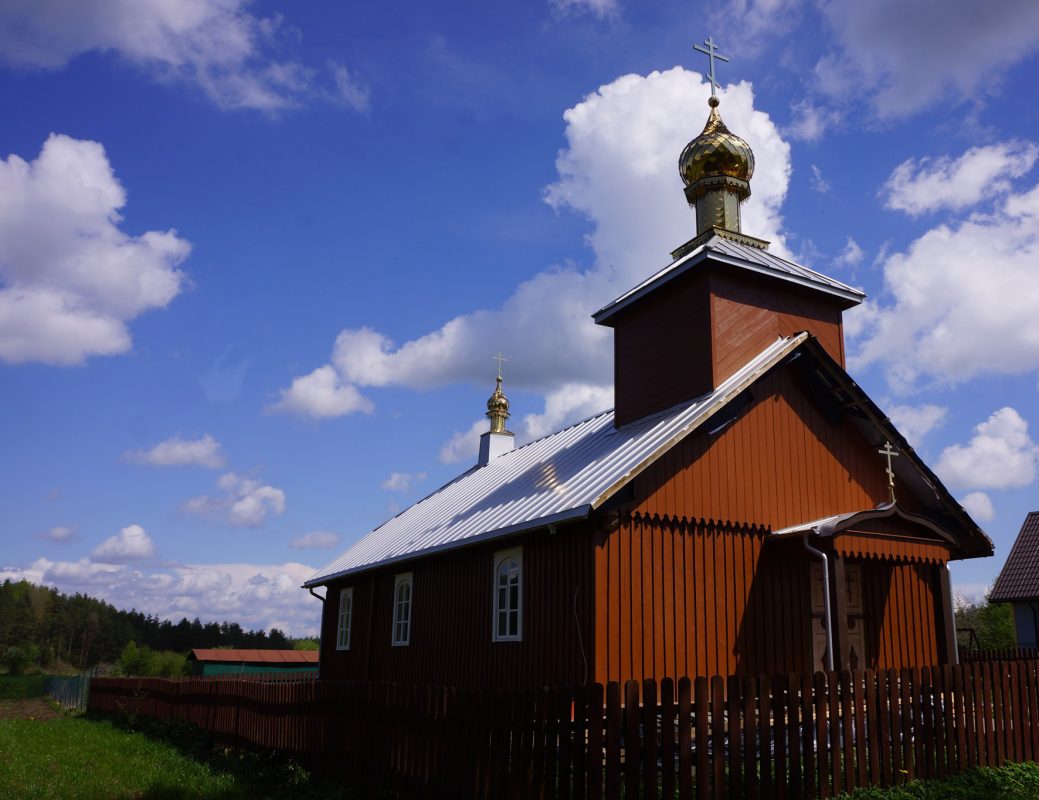


.jpg)
